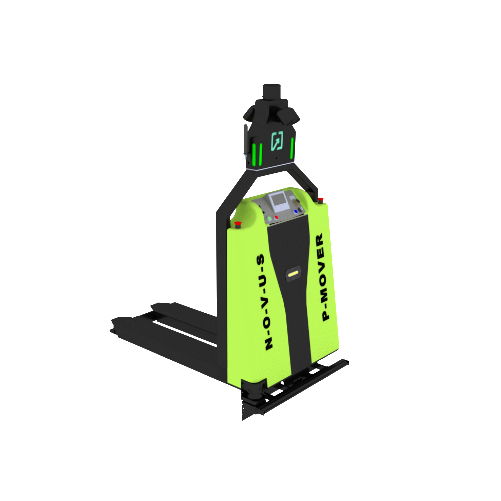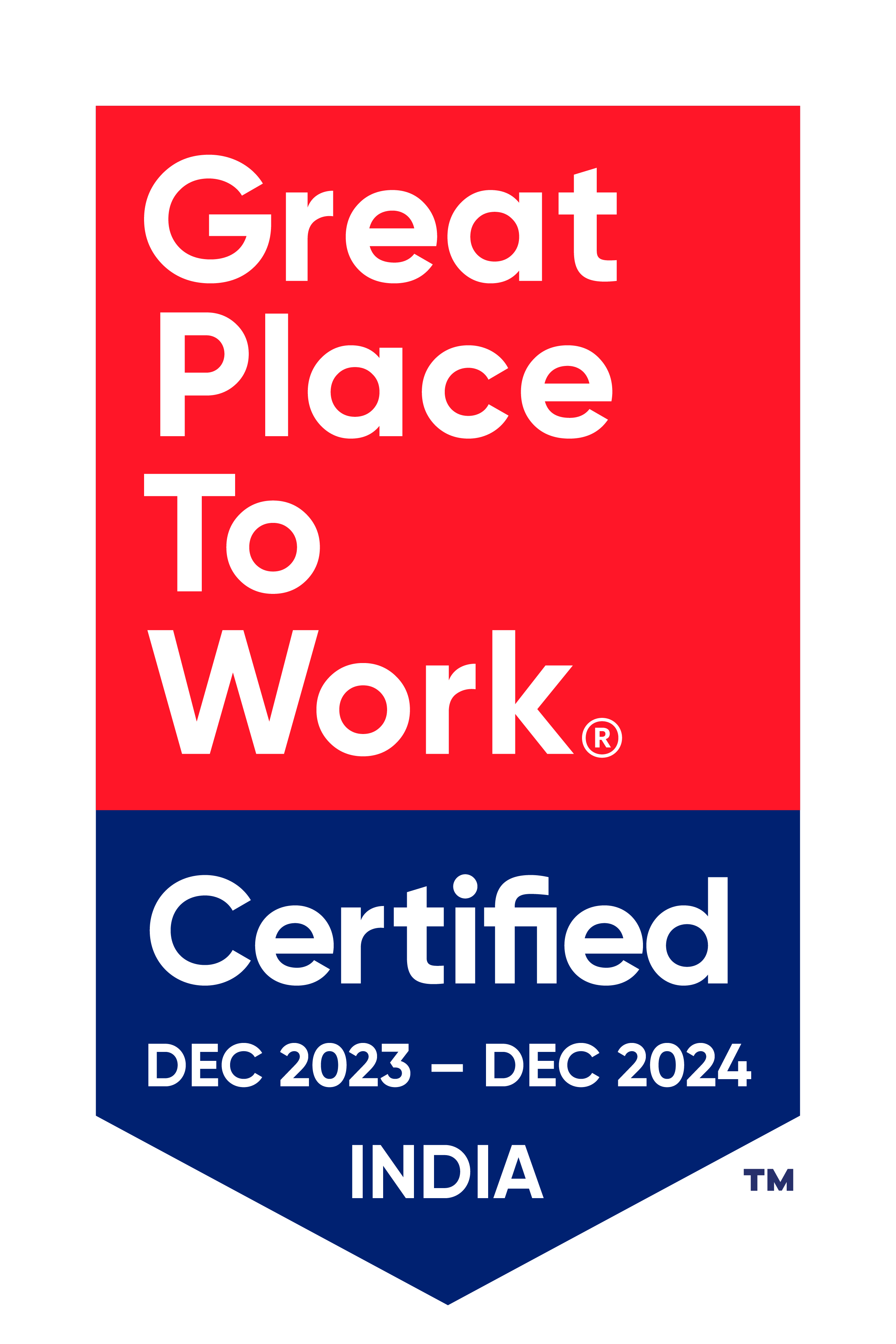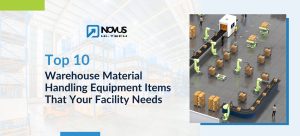Lean Manufacturing is a philosophy and set of practices aimed at minimizing waste and maximizing value in manufacturing processes. Originally developed by Toyota as part of the Toyota Production System, Lean principles have since been adopted by companies worldwide to improve efficiency, reduce costs, and enhance quality. In this guide, we will explore the core principles of Lean Manufacturing, its benefits, and how you can implement it in your business.
What is Lean Manufacturing?
Lean Manufacturing is a systematic approach to identifying and eliminating waste in manufacturing processes while maximizing value for the customer. It is based on a set of principles and practices that aim to streamline operations, reduce costs, improve quality, and increase efficiency.
Core Principles of Lean Manufacturing:
- Eliminating Waste: One of the central tenets of Lean Manufacturing is the elimination of waste in all forms. This includes waste from overproduction, waiting time, unnecessary transportation, excess inventory, motion, defects, and underutilized talent. By eliminating waste, Lean Manufacturing aims to improve efficiency and reduce costs.
- Continuous Improvement: Lean Manufacturing emphasizes the concept of continuous improvement, or Kaizen. This involves making small, incremental changes to processes to improve efficiency, quality, and customer satisfaction. Continuous improvement is achieved through the involvement of employees at all levels, who are encouraged to identify and implement improvements in their work processes.
- Respect for People: Lean Manufacturing places a strong emphasis on respecting and empowering employees. This involves providing employees with the tools, training, and support they need to succeed, as well as involving them in decision-making processes. By respecting and empowering employees, Lean Manufacturing organizations can achieve higher levels of productivity, morale, and job satisfaction.
History and Origins of Lean Manufacturing:
Lean Manufacturing traces its origins to the Toyota Production System (TPS), developed by Toyota in the 1950s and 1960s. The TPS was inspired by the work of quality gurus such as W. Edwards Deming and aimed to improve efficiency and quality by eliminating waste and empowering employees. The success of the TPS led to the adoption of Lean principles by companies worldwide, across a wide range of industries.
Contrast with Traditional Manufacturing Practices:
Traditional manufacturing practices, such as mass production, focus on maximizing output through economies of scale. This often leads to high levels of waste, excess inventory, and inefficiency. In contrast, Lean Manufacturing emphasizes producing only what is needed, when it is needed, to minimize waste and improve efficiency. By focusing on value-added activities and eliminating waste, Lean Manufacturing can help companies reduce costs, improve quality, and increase customer satisfaction.
Overall, Lean Manufacturing is a powerful tool for improving efficiency, reducing waste, and increasing value for customers. By implementing Lean principles and practices, companies can streamline their operations, improve quality, and achieve sustainable competitive advantage.
Benefits of Lean Manufacturing
Lean Manufacturing offers several benefits for businesses, including:
- Increased Efficiency and Productivity: Lean Manufacturing helps organizations improve efficiency and productivity by eliminating waste and streamlining processes. By identifying and eliminating non-value-added activities, Lean organizations can reduce lead times, improve throughput, and increase the overall efficiency of their operations.
- Reduced Costs and Waste Elimination: One of the primary goals of Lean Manufacturing is to eliminate waste in all its forms. By reducing waste, such as overproduction, excess inventory, and unnecessary transportation, organizations can significantly reduce their costs. This leads to higher profitability and a more competitive position in the market.
- Improved Quality and Customer Satisfaction: Lean Manufacturing emphasizes producing high-quality products that meet customer needs. By focusing on value-added activities and eliminating defects, organizations can improve the quality of their products and services. This leads to higher customer satisfaction and loyalty, as customers receive products that meet or exceed their expectations.
- Enhanced Flexibility and Adaptability: Lean Manufacturing helps organizations become more flexible and adaptable to changing market conditions. By eliminating waste and streamlining processes, organizations can respond more quickly to changes in customer demand, market trends, and competitive pressures. This flexibility allows organizations to seize new opportunities and stay ahead of the competition.
- Increased Employee Engagement and Morale: Lean Manufacturing fosters a culture of continuous improvement and empowers employees to contribute ideas for process improvement. This involvement in decision-making and problem-solving can lead to higher levels of employee engagement and morale. Employees feel valued and motivated to contribute to the success of the organization.
The 5 Pillars of Lean Manufacturing
-
Value
The first pillar of Lean Manufacturing is to identify and define value from the customer’s perspective. Value is anything that the customer is willing to pay for. By understanding what adds value in the eyes of the customer, organizations can focus on delivering products and services that meet or exceed customer expectations.
- Defining Customer Value: This pillar focuses on understanding and defining what the customer values in a product or service.
- Eliminating Non-Value-Adding Activities: Once customer value is defined, Lean Manufacturing seeks to eliminate any activities in the production process that do not add value to the final product.
- Identifying and Prioritizing Customer Needs: Lean organizations prioritize customer needs and align their production processes to meet those needs efficiently.
- Value Stream Mapping (VSM): Value stream mapping is a tool used in Lean Manufacturing to visualize the flow of materials and information through the production process. It helps identify waste and opportunities for improvement.
-
Value Stream
The second pillar is to identify and map the value stream, which is the sequence of activities required to deliver a product or service from start to finish. Value stream mapping is a tool used to visualize and analyze the flow of materials and information through the value stream. This helps identify waste and opportunities for improvement.
- Mapping the Entire Production Process: This pillar involves mapping the entire production process from raw materials to finished goods.
- Identifying Bottlenecks and Opportunities for Improvement: Value stream mapping helps identify bottlenecks and areas of waste in the production process, allowing organizations to focus their improvement efforts where they will have the greatest impact.
- Streamlining the Flow of Materials and Information: Lean organizations strive to create a smooth, continuous flow of materials and information through the production process, reducing lead times and improving efficiency.
-
Flow
The third pillar is to create a continuous flow of work through the value stream. This involves eliminating bottlenecks and interruptions that can cause delays and inefficiencies. By creating a smooth flow of work, organizations can reduce lead times, improve throughput, and increase efficiency.
- Creating a Continuous Flow of Production: Lean organizations aim to create a continuous flow of production without interruptions. This reduces lead times, improves efficiency, and reduces waste.
- Kanban Systems: Kanban systems are used in Lean Manufacturing to control the flow of materials and production. They help ensure that materials are only produced and moved when they are needed, reducing excess inventory and waste.
- One-Piece Flow and Single-Minute Exchange of Dies (SMED): One-piece flow is a Lean Manufacturing technique that involves producing items one at a time, reducing batch sizes and lead times. SMED is a technique for reducing the time it takes to change over a production line from one product to another, allowing for more frequent production runs and greater flexibility.
-
Pull
The fourth pillar is to establish pull-based systems for production and inventory control. Instead of pushing products through the value stream based on forecasts or production schedules, pull systems use customer demand to trigger production. This helps prevent overproduction and reduces waste associated with excess inventory.
- Producing Only What is Needed, When it is Needed: Pull systems are used in Lean Manufacturing to produce items only when they are needed, in response to customer demand. This reduces overproduction and waste associated with excess inventory.
- Avoiding Overproduction: Lean organizations strive to avoid overproduction by producing only what is needed, when it is needed. This helps reduce waste and improve efficiency.
- Just-in-Time (JIT) Manufacturing Principles: JIT is a Lean Manufacturing principle that involves producing items just in time to meet customer demand, reducing the need for excess inventory and storage space.
-
Continuous Improvement (Kaizen)
The fifth pillar is to foster a culture of continuous improvement. This involves empowering employees at all levels to identify and implement improvements in their work processes. Kaizen, which means “change for the better” in Japanese, is the philosophy of making small, incremental improvements over time. By continuously seeking ways to improve, organizations can achieve higher levels of efficiency, quality, and customer satisfaction.
- Fostering a Culture of Continuous Improvement: Lean organizations foster a culture of continuous improvement, where employees are encouraged to identify and implement small, incremental changes to improve processes.
- Utilizing Tools Like Kaizen Events and Employee Suggestions: Lean organizations use tools like Kaizen events and employee suggestions to drive continuous improvement. Kaizen events are focused, short-term projects designed to improve a specific process or area of the organization.
- Importance of Continuous Learning and Adaptation: Lean organizations recognize the importance of continuous learning and adaptation in a rapidly changing business environment. They encourage employees to learn new skills and technologies and adapt to new ways of working to stay competitive.
These five pillars form the foundation of Lean Manufacturing and provide a framework for organizations to systematically identify and eliminate waste, improve processes, and deliver value to customers. By embracing these principles, organizations can create a culture of continuous improvement and achieve sustainable competitive advantage.
Implementing Lean Manufacturing in Your Business
Getting started with Lean Manufacturing involves assessing your current manufacturing process, identifying opportunities for improvement, setting goals, and creating a plan. Building a Lean culture requires engaging employees, providing training and support, and encouraging open communication and collaboration. Common challenges include resistance to change from employees, difficulty in measuring success, and lack of resources and support.
Conclusion
Lean Manufacturing is a powerful tool for streamlining operations and improving efficiency in manufacturing processes. By implementing Lean principles and fostering a culture of continuous improvement, businesses can reduce waste, improve quality, and enhance customer satisfaction. Consider implementing Lean Manufacturing in your business to unlock its full potential.





















